How to effectively engage in climate finance: Lessons from indigenous and local communities
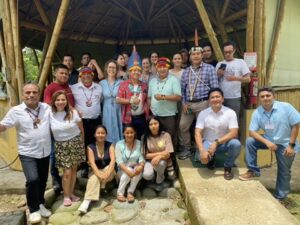
This article first appeared on the Peoples Forests Partnership website.
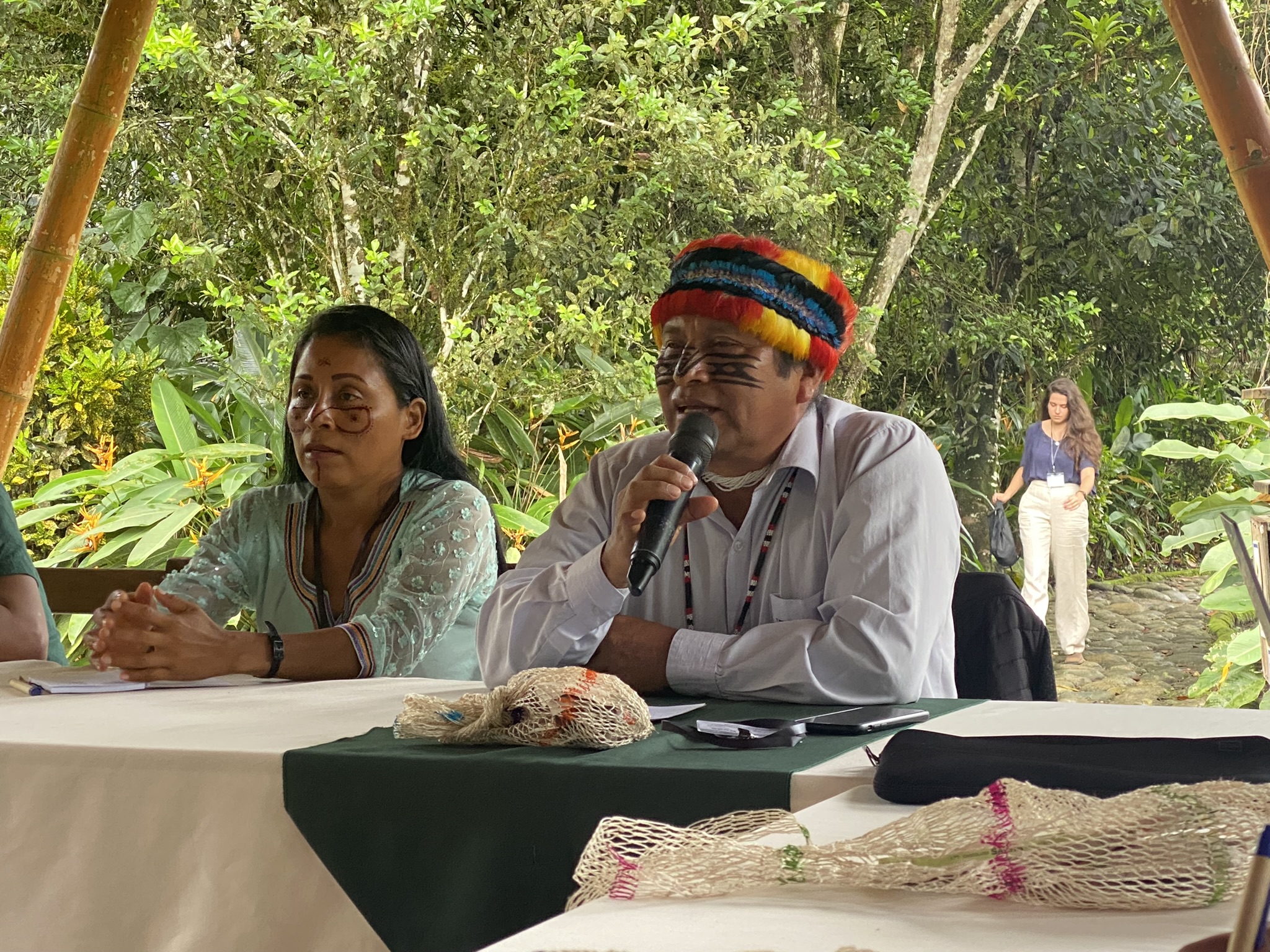
Carbon markets and other forms of climate finance are facing a confidence and credibility crisis. There is incredible potential for climate finance programs to drive millions of dollars directly to indigenous peoples and local communities (IPs & LCs) who steward 36% of the world’s forests and 80% of its biodiversity. But things like unscrupulous or ill-prepared “carbon cowboys” who rush into projects and cause distrust amongst local organizations, lack of standards and safeguards, and dauntingly complex technical and legal requirements, have made market actors, especially IPs & LCs, wary to engage.
Establishing transparency, integrity, and trust between IPs & LCs and other market actors is essential to restore confidence in these critical finance tools. Market actors are calling for better resources and technical support to effectively participate in carbon markets. In response to this call, the Peoples Forests Partnership (PFP) was launched at COP26 in Glasgow to help connect IPs & LCs with direct finance opportunities and to make engaging with these opportunities more accessible, transparent, and equitable.
A unique model for knowledge-building
With so much clearly at stake for our world’s forests and the communities that safeguard them, the PFP gathered its members in Latin America from March 18th-20th for a regional members meeting near the city of Tena in the Ecuadorian Amazon. The goal of these three days was to take stock of the current state of carbon markets, demand and supply side developments, reform of standards as well as other forms of climate finance, and to facilitate a safe space to exchange knowledge and experiences and build a shared vision for future work together.
PFP members present included indigenous organizations such as the Mesoamerican Alliance of Peoples and Forests (AMPB), the Organization of Indigenous Peoples of the Colombian Amazon (OPIAC), the Confederation of Indigenous Nationalities of the Ecuadorian Amazon (CONFENIAE), the Confederation of Amazon Nationalities of Peru (CONAP), and the Ixtlán Community; companies such as Green Collar, Wildlife Works, and Everland; and NGOs such as Forest Trends, Pachamama, and Cuencas Sagradas. The Coordinating Body of Amazon Indigenous Organizations (COICA) also joined as a special guest.
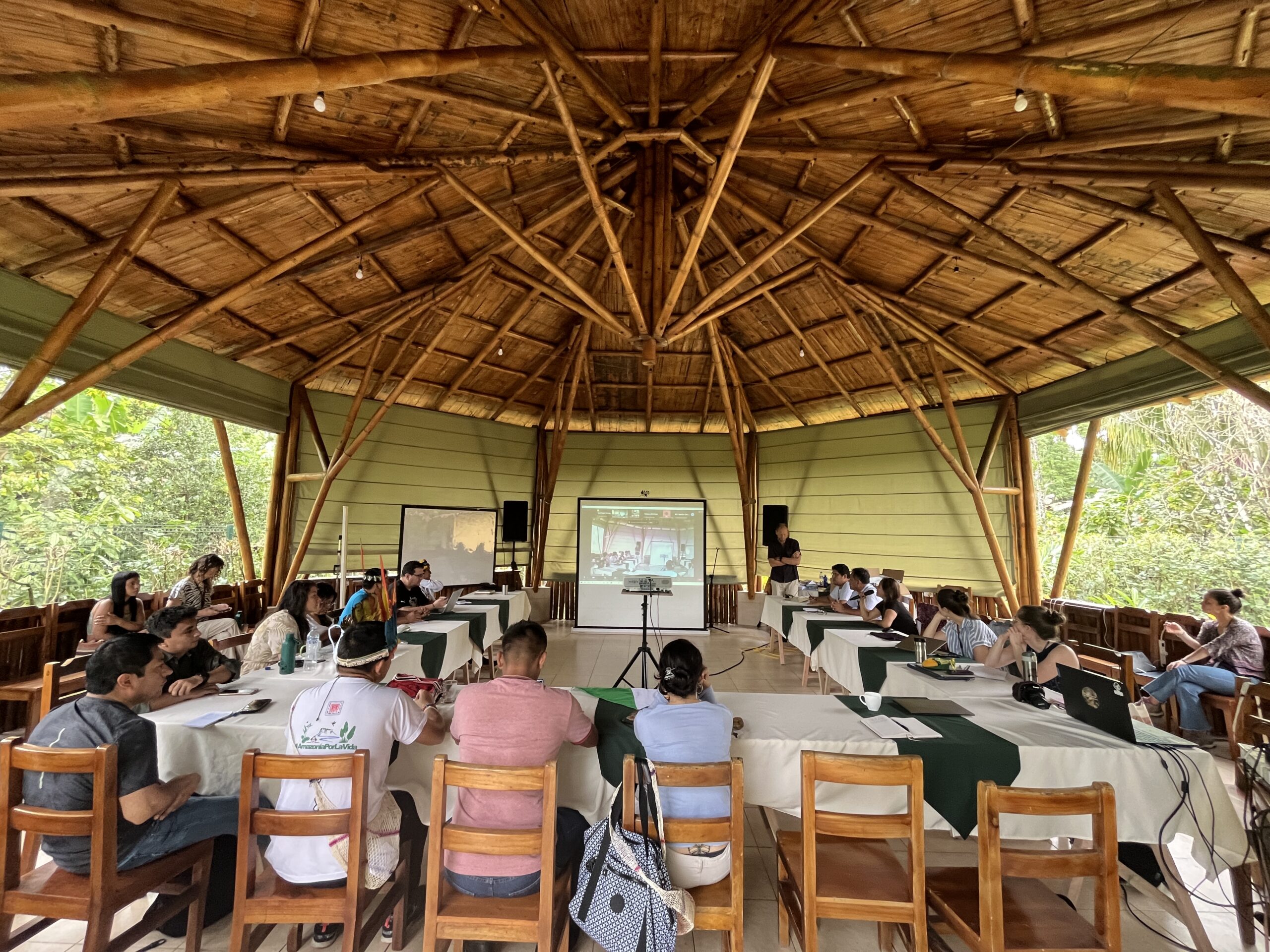
Conversations spanned from market intelligence to technical project issues and policy challenges, all framed around creating common understandings and encouraging deep discussions of challenges faced and where work is needed. All discussions happened under the Chatham House Rule, meaning information can be shared outside the meeting, but not be attributed to a specific person or organization. These parameters encouraged more diverse viewpoints and discussions and supported trust building among participants.
“The creation of partnerships built on trust and accountability is part of what makes the PFP such a valuable and timely initiative, and one that our company is proud to be part of,” noted Blanca Bernal of Green Collar after the event.
The diversity of attendees and the depth of engagement during the clinic sends a strong message of commitment and collaboration and it is a reflection of the appetite for and timeliness of this dialogue. Participants identified risks and negative precedents as well as the potential of climate finance mechanisms to support indigenous Life Plans, territorial governance, and indigenous economies, predicated on informed participation and a level playing field.
The gathering was so much more than a simple information exchange; the PFP has created a unique safe place for IPs & LCs and businesses to learn about climate finance, share challenges and successes, and build trust.
“The event in Tena was a very important meeting, where brothers, both Indigenous and non-Indigenous, private companies, and NGOs came together in good faith for an exchange of experiences with different criteria and perspectives,” reflected Domingo Peas, Achuar leader and President of the governing body of Cuencas Sagradas.
Here are three key messages from meeting attendees on how climate finance can work for indigenous peoples and local communities:
-
Equitable climate finance starts with equitable information sharing.
Indigenous peoples and local communities (IPs & LCs) are calling for information on climate finance that is reliable, high quality, accessible, and culturally appropriate. The need for capacity-building goes beyond IPs & LCs, too. Companies, governments, and NGOs are also calling for tools to better engage with IPs & LCs and to contribute to equitable, effective outcomes based on transparent dialogue.
A few key topics we heard during the event included better information on free, prior, and informed consent (FPIC); safeguards and grievance mechanisms; different regulatory frameworks and standards; criteria for identifying credible partners; and the inner workings of contracts and benefit-sharing mechanisms.
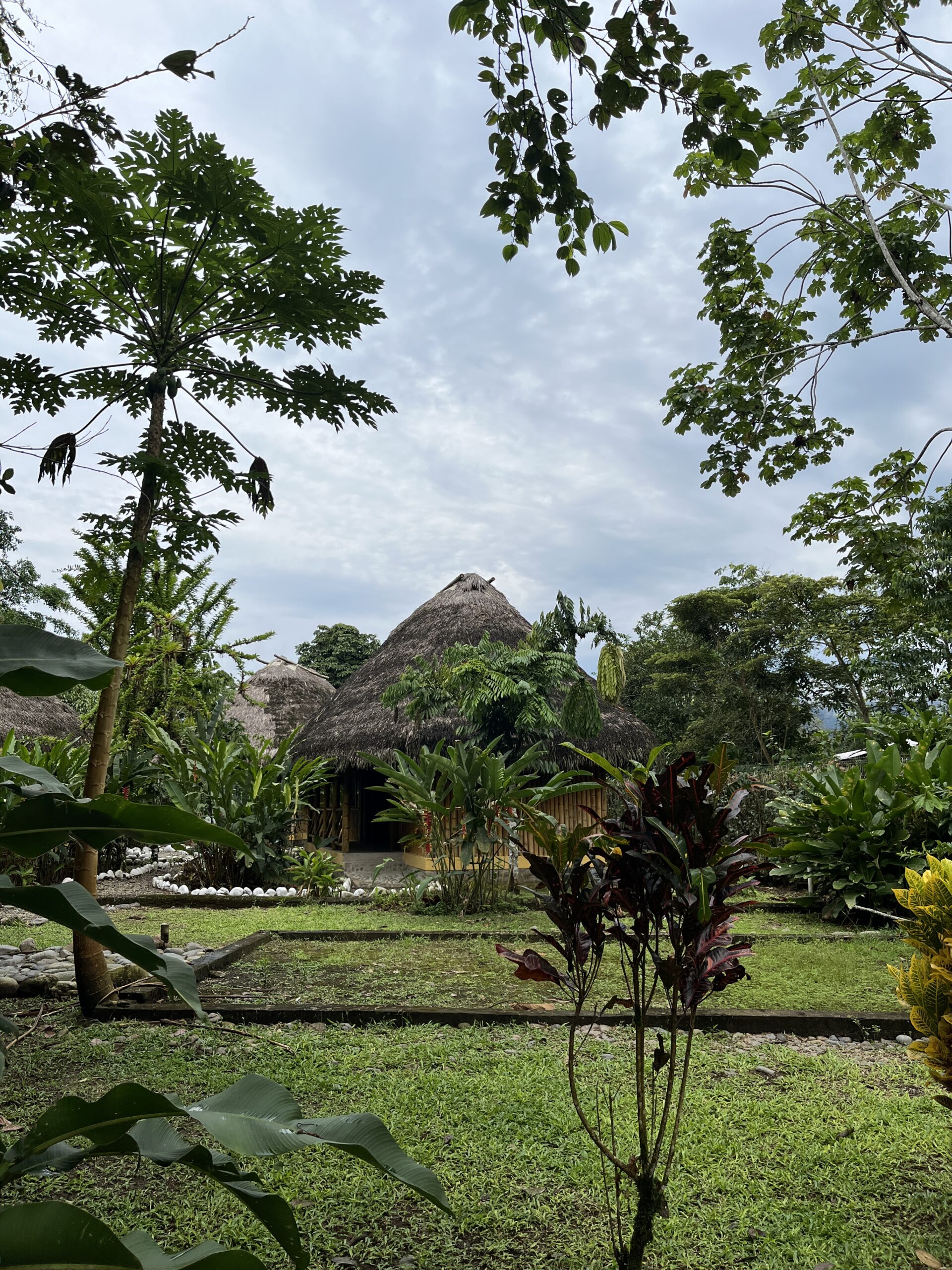
The need for capacity and information also transcends individuals. The current ability of many organizations to provide specialized technical, financial, and legal support and guidance to their members is constrained by a lack of staff, time, and material resources. One of the goals of the PFP is to embed capacity within local and regional organizations who are better equipped to partner with individual communities.
-
IPS & LCs have secured seats at the rule-setting table, but that means there’s a lot of work to be done.
There has been a demonstrated effort for IPs & LCs to be directly involved in shaping the rules that govern different climate finance mechanisms, from UN processes to voluntary and industry standards, certifications, and other frameworks. They are increasingly invited to engage in discussions, but the matters are often extremely technical and procedural, and they are rarely accessible to participate effectively when organizations’ leaders and technical staff are being stretched thin. IPs & LCs are being asked to represent their community’s interests on a global forum, while also supporting their community’s immediate threats to survival as environmental defenders continue to be threatened and killed.
Gustavo Sánchez, a member of the Mesoamerican Alliance of Peoples and Forests (AMPB, Mexico), underscored the importance of the moment: “We have an enormous opportunity to influence how national and international mechanisms should operate so that they benefit, not harm, communities. This is both a great challenge and a great responsibility.”
To effectively participate in spaces where rules are set, PFP members are calling for the development and deployment of dedicated teams with policy and technical expertise within IP & LC organizations. This need exists both at the national and international levels.
-
Carbon isn’t the only metric for success.
A recurring message from IPs & LCs is that a narrow focus on carbon metrics as a primary indicator of project success does not align with their traditional relationships to their forests and territories. It excludes more human-centric metrics such as clear land and resource rights; strong organization and governance; and a host of other ecosystem, cultural, and spiritual values. While carbon is a critical currency in the face of the climate crisis, mechanisms focused solely on reducing emissions tend to marginalize those communities and territories who have historically demonstrated good forest stewardship and therefore have fewer emissions to reduce.
During the event, we saw strong interest in developing alternative mechanisms that compensate good forest stewardship, such as driving finance to high forest, low deforestation (HFLD) indigenous territories and emerging mechanisms that value biodiversity.
“Talking only about selling carbon doesn’t seem coherent, and it makes us uncomfortable,” emphasized Domingo Peas. “Most indigenous peoples in the Amazon have intact forest, forest that is still standing, and we want to see mechanisms that value this and work as an equal exchange, benefiting both worlds. We take care of the forest, and this should generate programs of support for us in a regenerative economy of solidarity.”
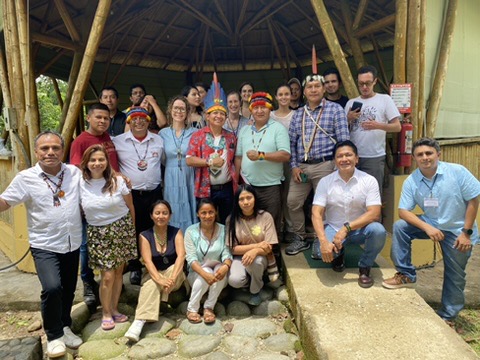
How we’re building on this momentum
We’re coming away from this time together excited by a deeper collective understanding of current market and policy contexts and inspired by the willingness of participants to be open with each other and learn from each other’s knowledge. The collaboration between very diverse participants affirmed the Peoples Forests Partnership’s (PFP) unique offering as a safe space for politically sensitive and technically complex discussions, as well as a convenor that can elevate the voices of IPs & LCs to share lessons learned and become messengers on mechanisms that are working for them.
“Our members have given us a clear mandate to build a platform that fosters radical collaboration and drives community-centered knowledge and innovation in technical, political, and financial spaces,” says Anna Lehmann, the Executive Director of the PFP’s Interim Executive Committee. “Community voices are critical in creating financial flows that work with the web of life rather than against it.”
The PFP looks forward to working together with our members to continue this work in Latin America and across the globe. We hope to continue to scale our knowledge-building efforts for individuals and organizations, lighting up the world’s forests with strong advocates and leaders in this space.
Please see our Reprint Guidelines for details on republishing our articles.

